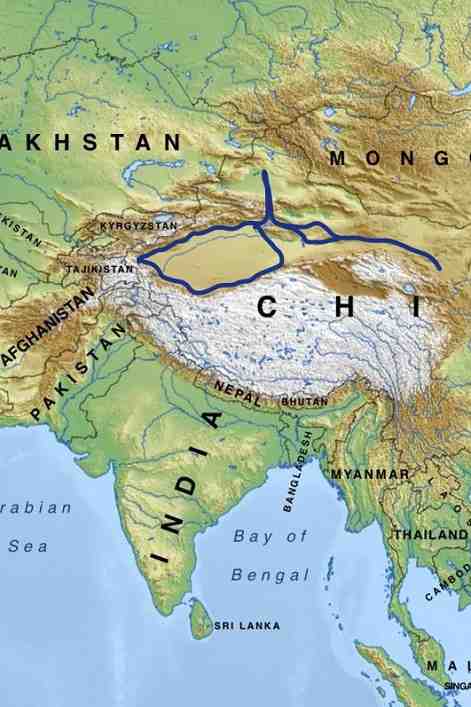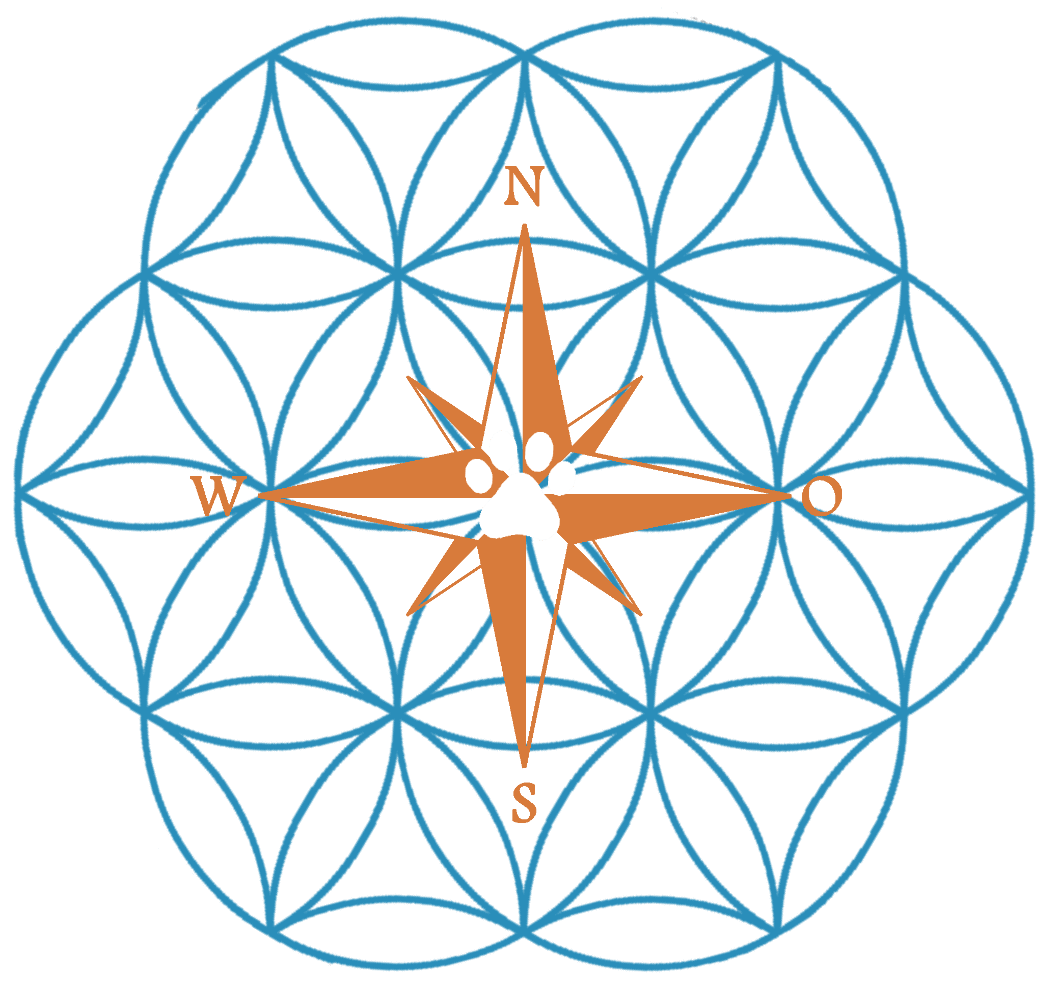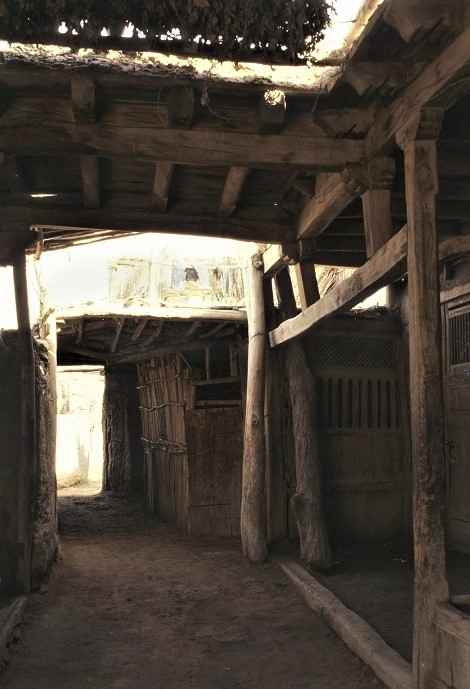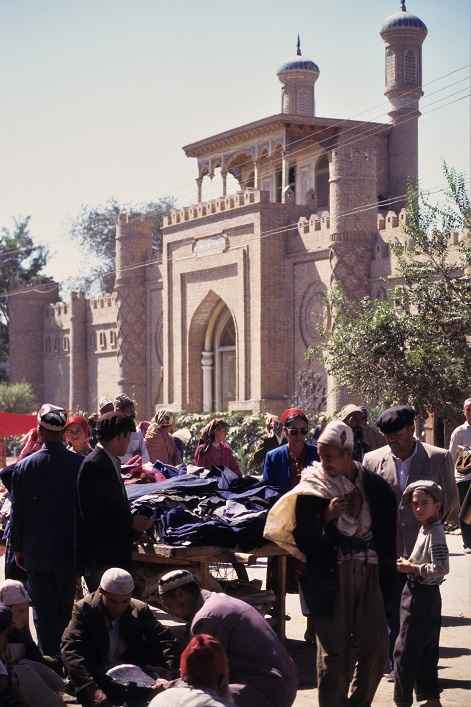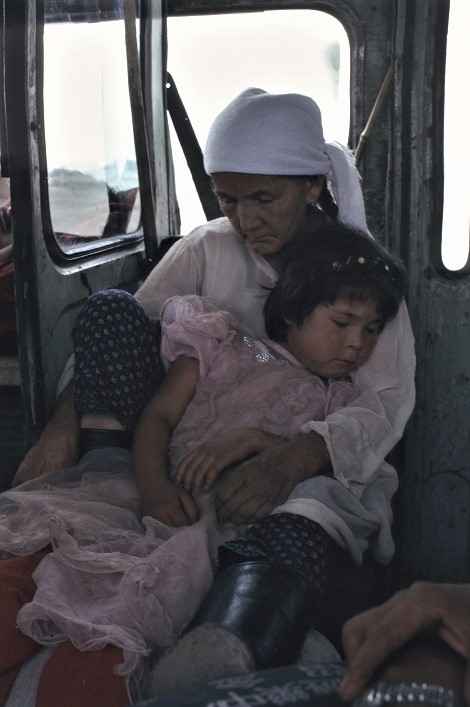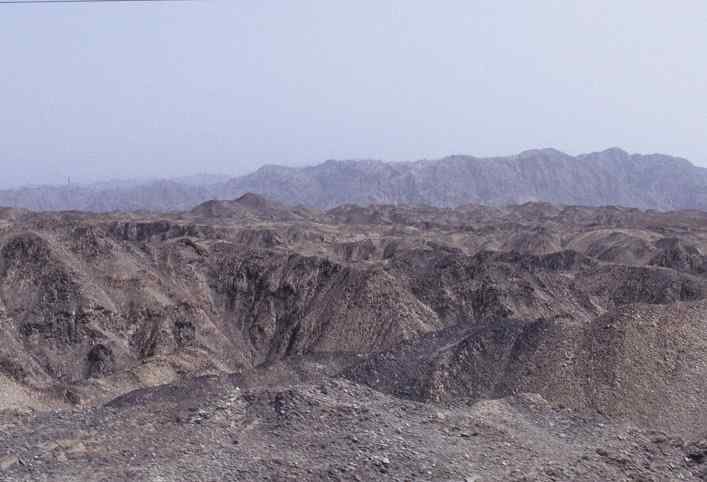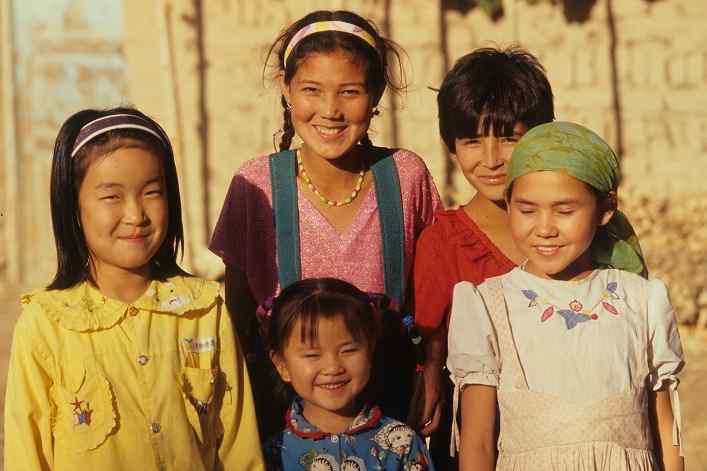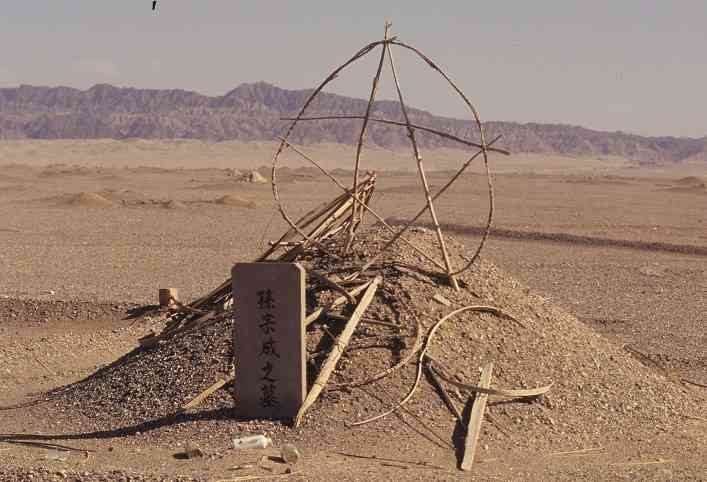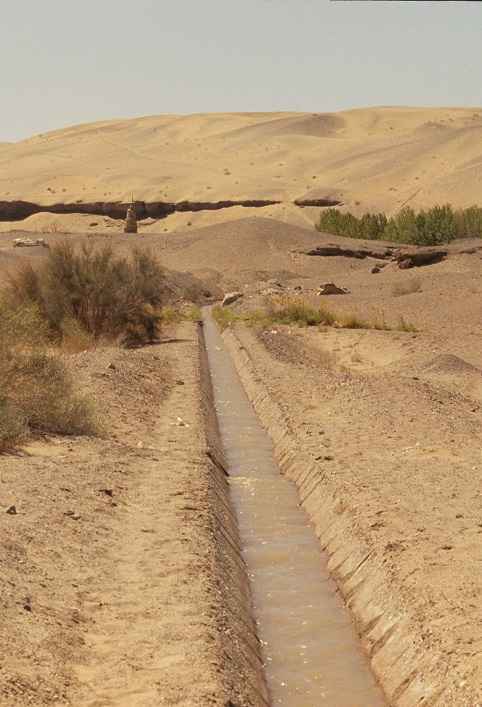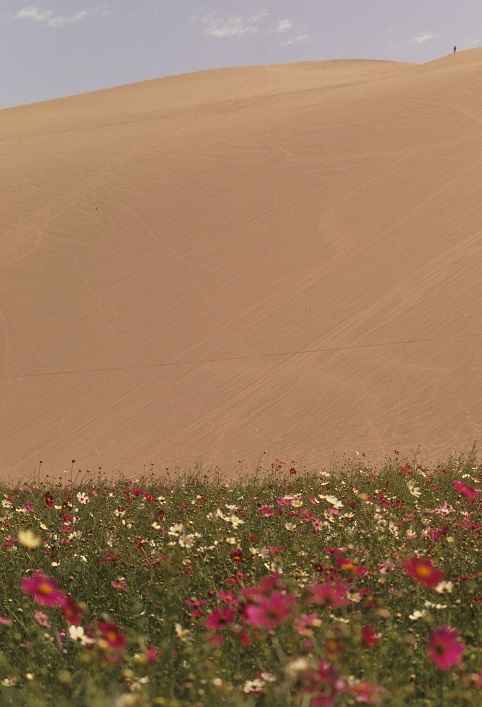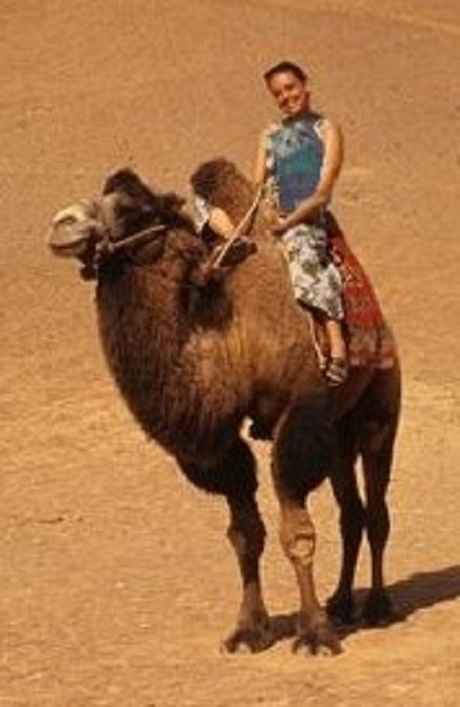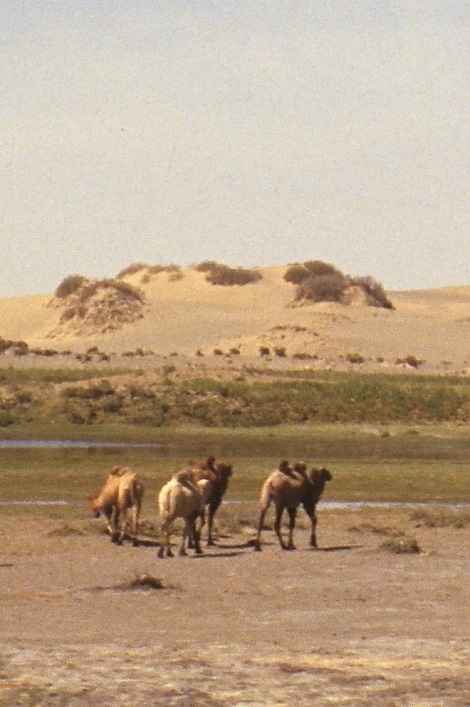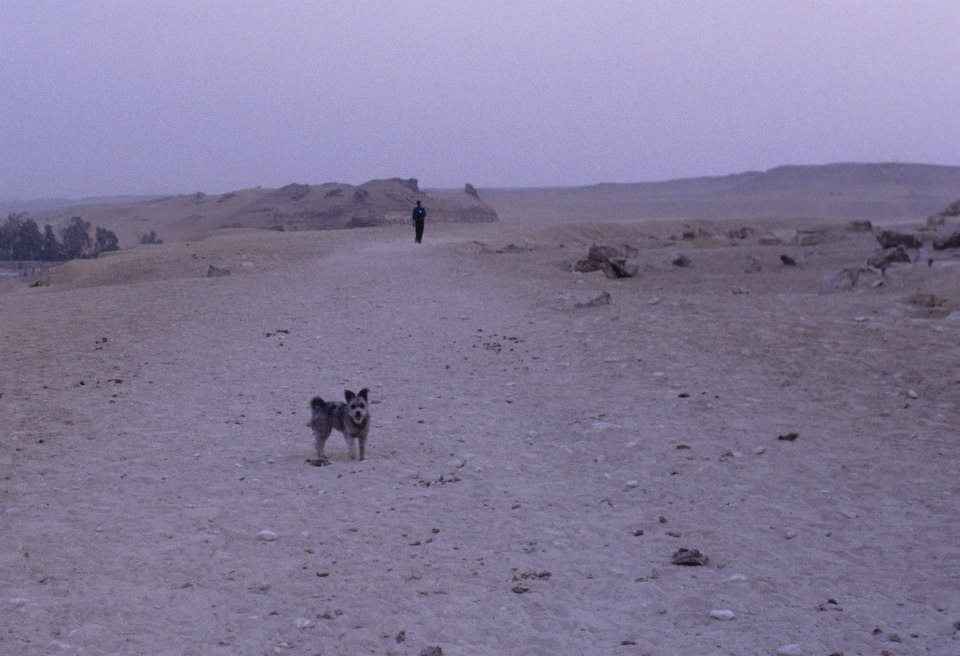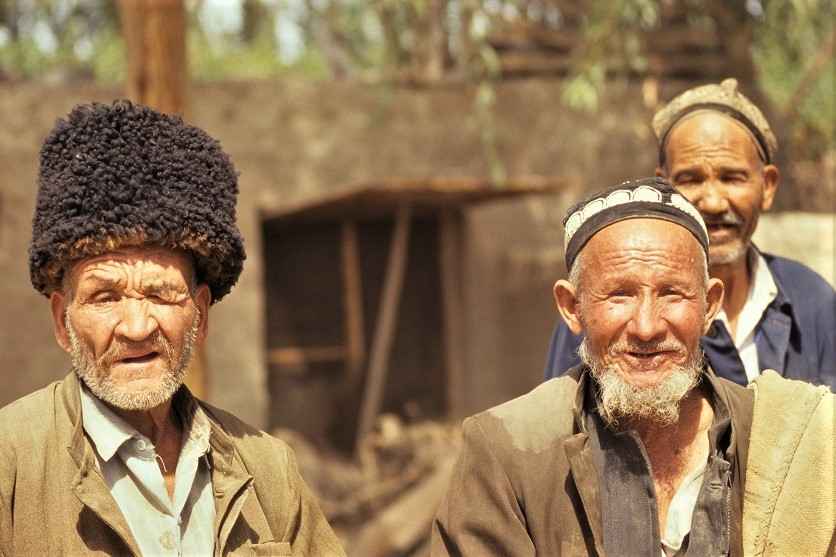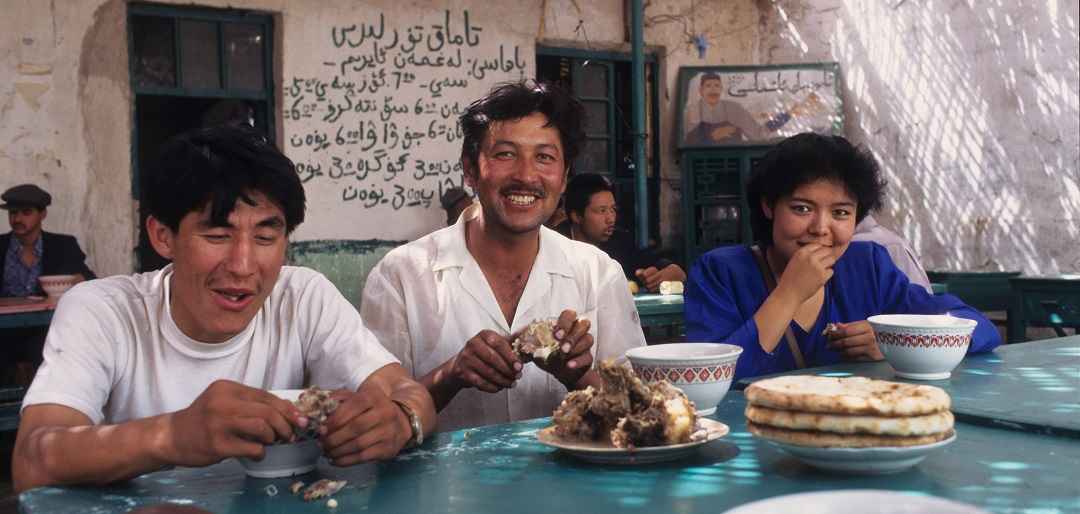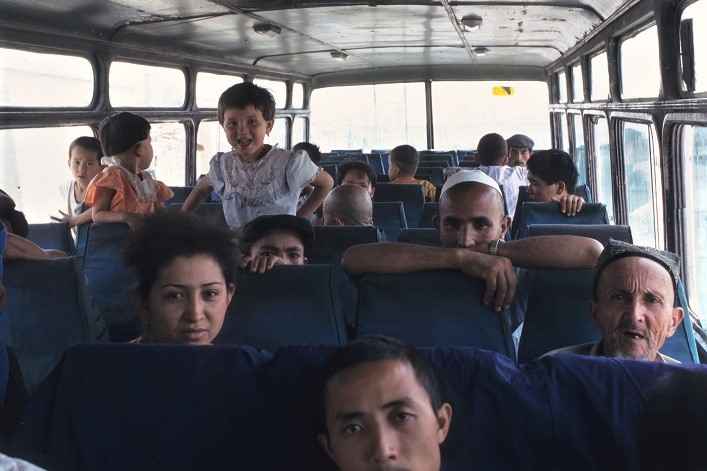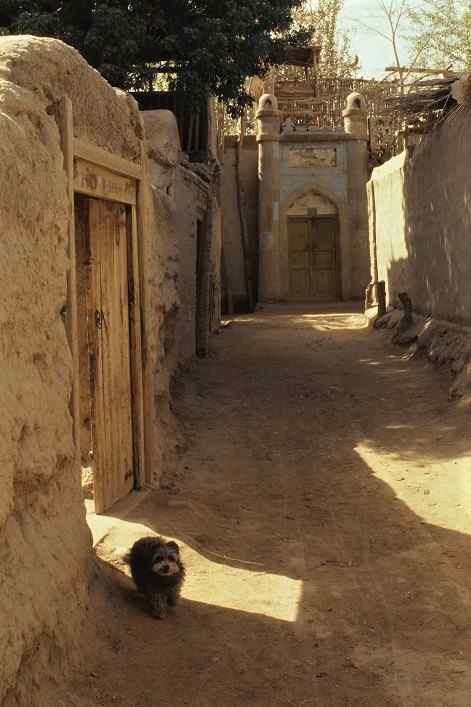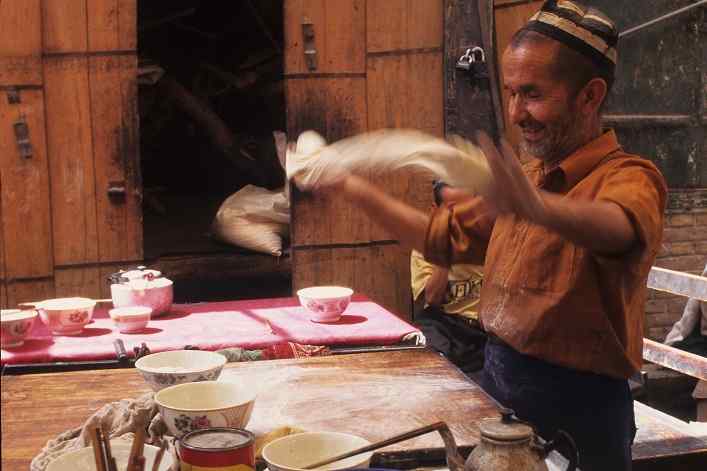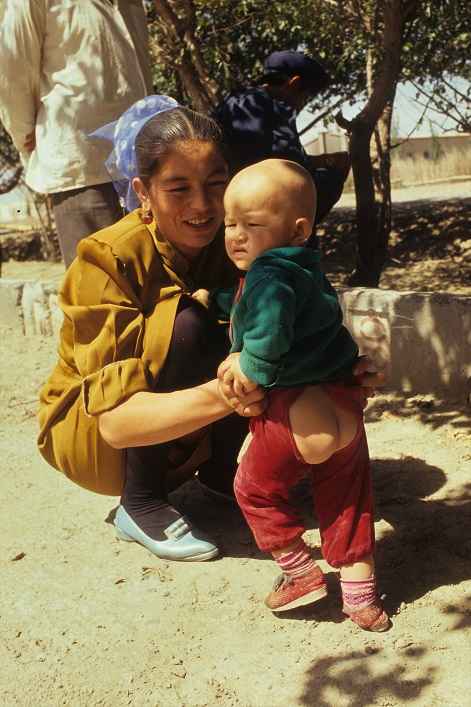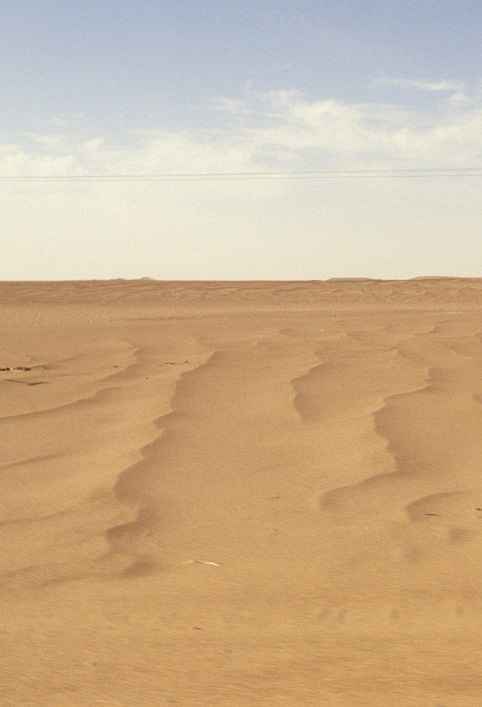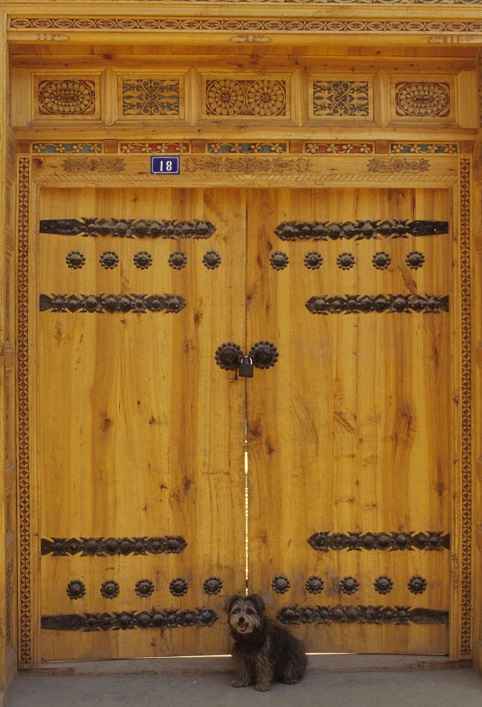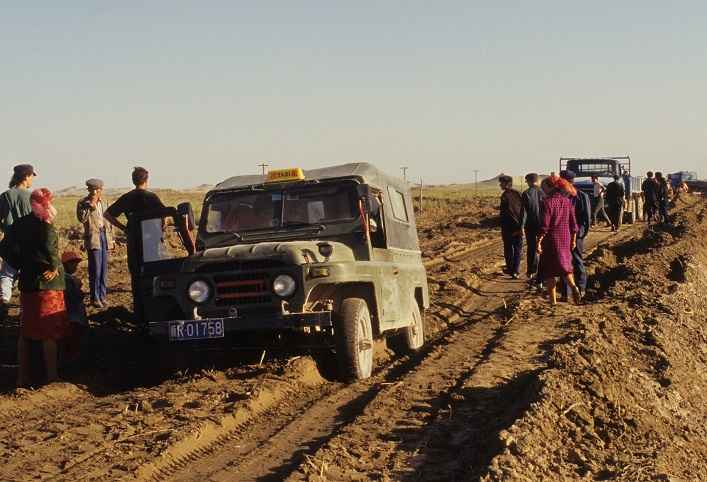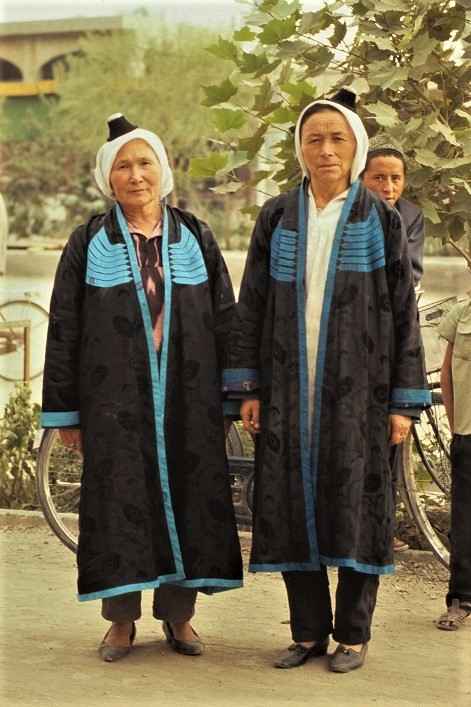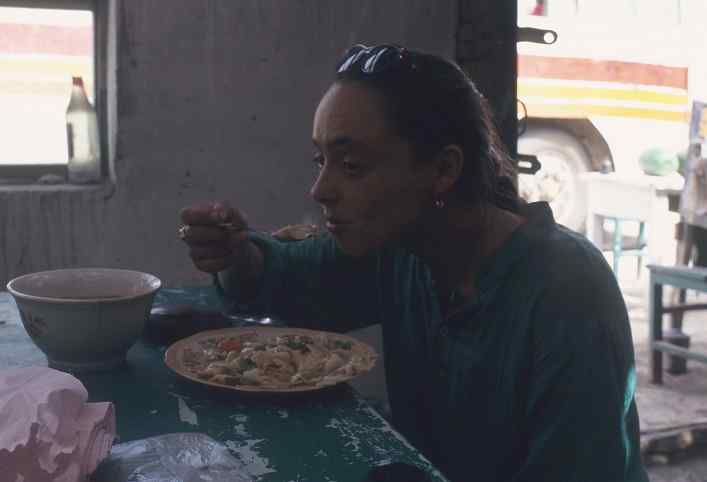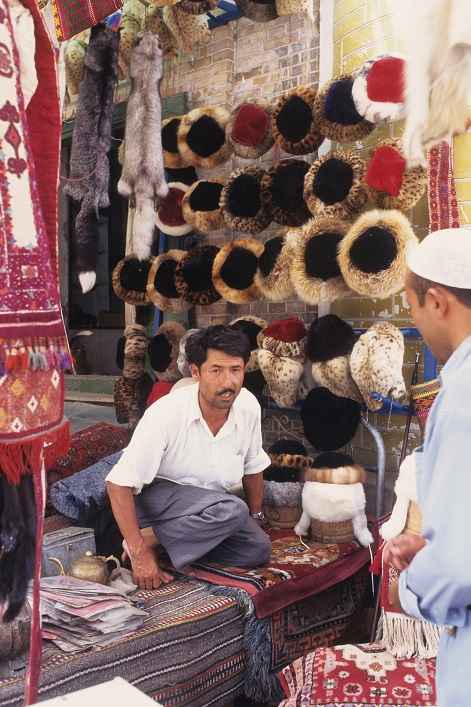
The truckdriver who gave us a lift from Tibet left us without warning in an unknown oasis town on the edges of the Taklamakan desert, despite previous arrangements to take us all the way to Kashgar. Feeling lost and upset, sweating from the many winter clothes I was still wearing, encumbered by all the extra bits and pieces I hadn’t packed properly, finding a lift forward was not an easy feat.
Catapulted into an entirely different culture and ecosystem, I now had to solve a whole new set of hurdles: pets banned from Chinese hotels, different languages and customs, new clothes to source, and the fact that my soon-to-expire visa could only be extended in Urumqi, 1,500 km away. Moreover, the South Silk Road I so wanted to travel on was closed to foreign travel, and its northern branch was filled with short-term tourists, somewhat undermining the feeling of adventure.
We hurried to Urumqi, were I extended my visa and met a Hong Kong film production team scouting for locations. In their company we explored both the Taklamakan and Chinese Gobi deserts, enjoying the luxury of private transport and the cultural openings provided by their language skills. After their departure Afrika and I entered China proper through the Jade Gate, but misfortune befell us and instead of heading to Beijing as planned, we backtracked to Kashgar in order to enter Pakistan, where I had long hoped to see the Greco-Indian Buddhist ruins.
This time we used the forbidden South Silk Road, staying ahead of the police with the help of local people. The sense of adventure returned, and I finally had a taste of what it was like to travel along the ancient trade route.


